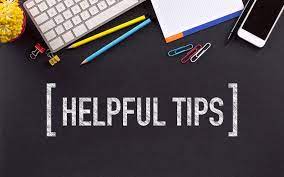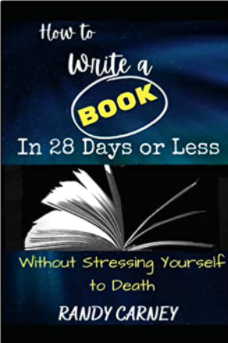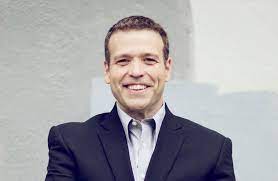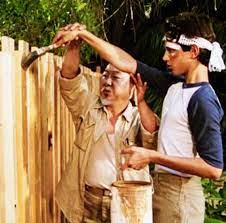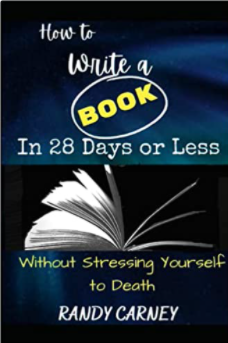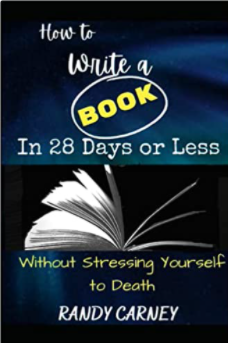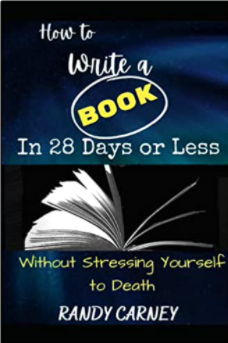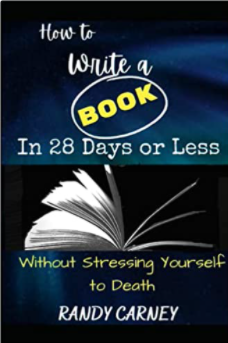Be sure to check out the video that accompanies this blog. You can see it here.
Sam wanted to write a book but he didn’t know how to go about it. Then he came across his friend Jim who had written a book before.

When Jim found out it was a how-to book, he told Sam, “Well, you can write a how-to book. What you need to do first is to figure out what the problem is. Then define that problem. Then come up with some steps to a solution for the problem.
“So when you write your book, you talk about the problem first. Next, you talk a little bit about the plan for accomplishing the problem. Then show the steps to the solution. Finally, at the end, you summarize what you did to get to the solution and suggest a next step for the reader.
I want to start off by talking about writing a basic how-to book and then I’ll talk a little bit more about how you can expand that.
Getting Started
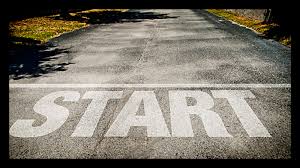
First of all, define the problem. Then picture the solution to the problem and what life would be like when the problem was solved. Then brainstorms some steps that it takes to go from problem to solution. Sometimes those steps will be in order, but sometimes they may not be chronological. Either way, figure out a number of steps to get from problem to solution.
The Steps
We think of seven as being the perfect number, at least in my circle of friends. Our Christian worldview and our Biblical worldview, think of seven as being the perfect number. So I would urge you to reorganize what you come up with in your brainstorming into seven steps.
That’s not set in stone. You may not be able to get everything done in seven steps, so maybe you would have eight or nine steps. Or maybe you can cover it in six steps or five steps. So somewhere between five to nine steps, but aim for seven. You may be able to combine some of those steps to make a chapter or split up a step if it looks like it would take longer than the other chapters.
While having done that then you can come up with a basic book. So you may have a little attention-getting introduction at the beginning of your book. But then in your first chapter, you will be introducing the problem, and then it’s a good idea to agitate the problem. For example, “What will life be like if we don’t solve this problem?”
This will get the reader wanting to look at the book and the steps that it will take to solve his problem.

Chapter Two
Then, in chapter two, describe the plan. You’re going to go into detail with the plan in chapter two. Give a brief description of the plan and what they can look forward to in the rest of the book.
Chapters 3 – 9 (ish)
Then chapters three through nine, especially if you had the seven steps as your perfect number, describe the steps. Those would be your chapters three through nine.
Finishing Up
Finally, you come to chapter 10. There, you will summarize and visualize what life is like with the solution to the problem and give the reader the next step.
That’s how to come up with your basic how-to book. These are simple steps to get started.
Roadmap to Success
Now, my roadmap to success in coming up with a great book is to follow these four steps:
1. Come up with a basic book like I just described.
2. Make your basic book, your a good book, a great book. A fabulous book. Take a period of time, (not too long) maybe a month or so. to make your good book, a fabulous book. You will do this by adding stories and examples from your own life. Look at other books in your field. See if you’ve left anything out. If you have then you could add some chapters. You will have trimmed your book and then you will have expanded your book. Then you’ll go back through the editing process again and trim it until you have it where you want it to be.
3. Step three is publishing your book. We will look at the different options for publishing books. There are basically three options for publishing. I guarantee that you can get a book published in this day and age.
4. The fourth is to monetize that book. Get royalties off of it. However, there are also other ways of getting income from a book.
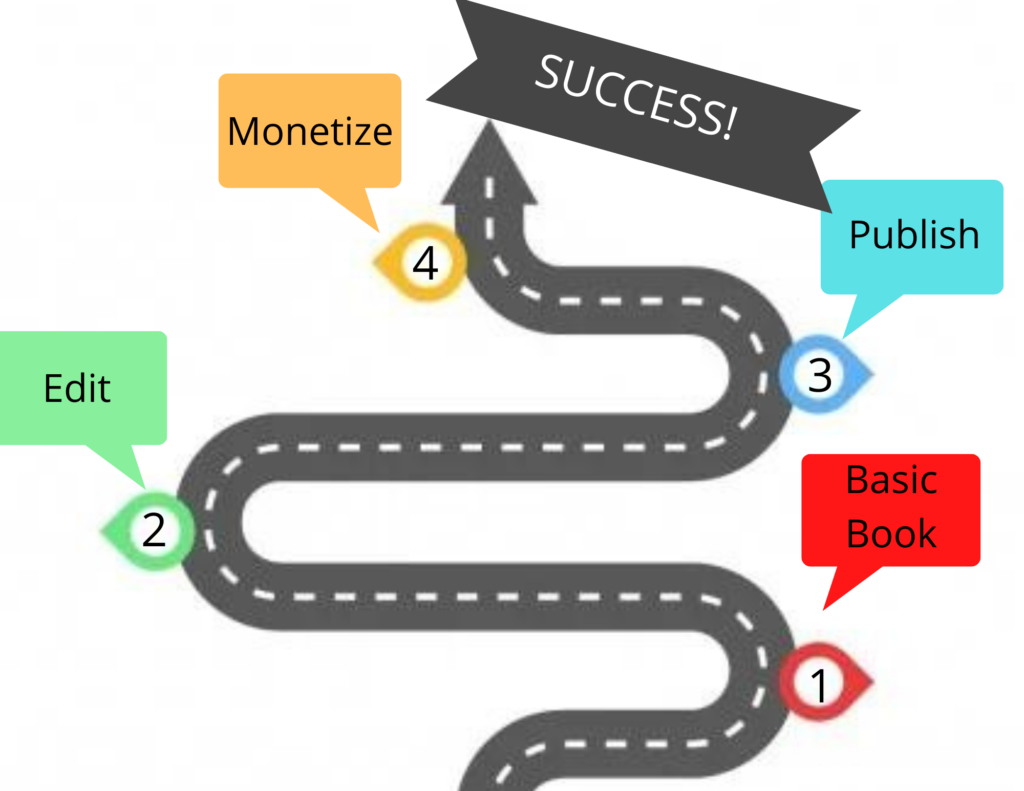
So I urge you to write a basic how-to book and then turn it into a fabulous book. A book that will help others and a book that will fulfill you.
New Coaching Opportunity for You
I also want to let you know about a cool new coaching program that I have, instead of a traditional coaching program which has set times maybe an hour or so per week where we meet together, you can now have unlimited access to me where I coach you using support just like this.
Now the price of this program is much lower than my normal coaching program, and there’s a reason for that. It’s because you can reach out to me and I can reply to you at any time of day. That’s convenient for each of us. This helps my calendar not be so full, allows me to have more time for my own personal writing projects, and it allows me to get back to you within one business day.

Plus, you can do it not just once a week, but throughout the week. You would think that unlimited that would cost more, but not actually because it does help free up my calendar.
If you’d like more details on this, just let me know. I’d be happy to make a quick video personally explaining my programs.
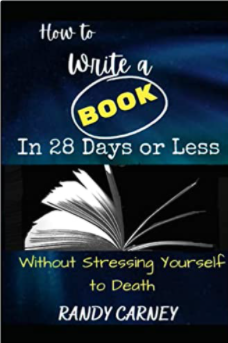
Well if you would like more tips like these, then click here to be taken to Randy’s Blogs. If you would like a book that explains the writing process. in great depth, click to get my book “How to Write a Book in 28 Days or Less Without Stressing Yourself to Death” on Amazon.
I’m Randy Carney wishing you the best. I want to remind you that YOU CAN WRITE A BOOK!







